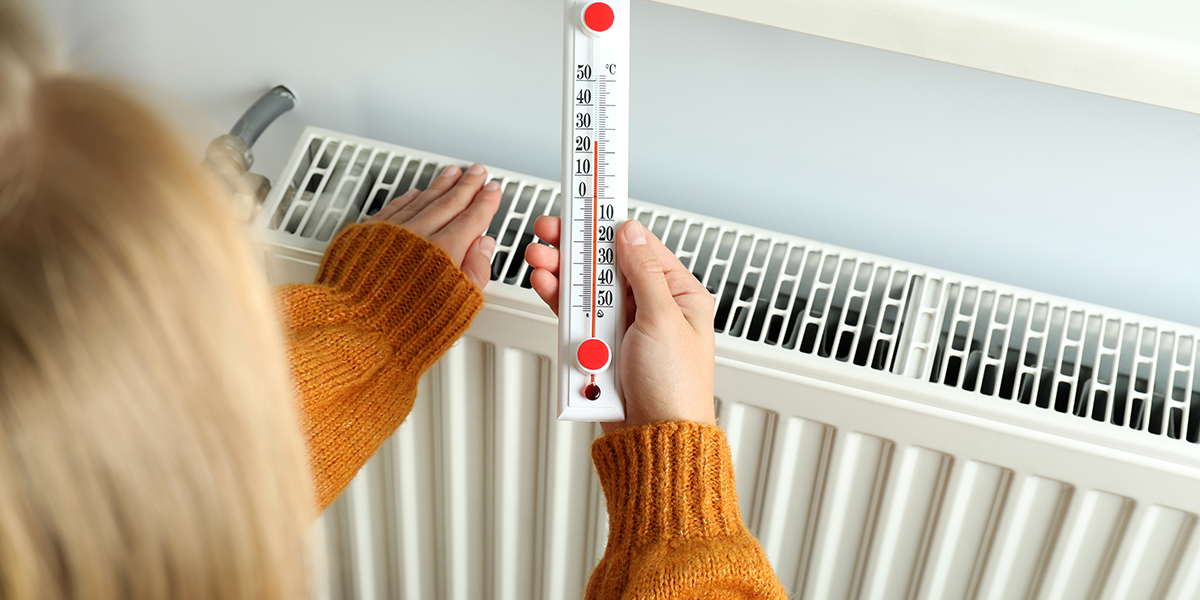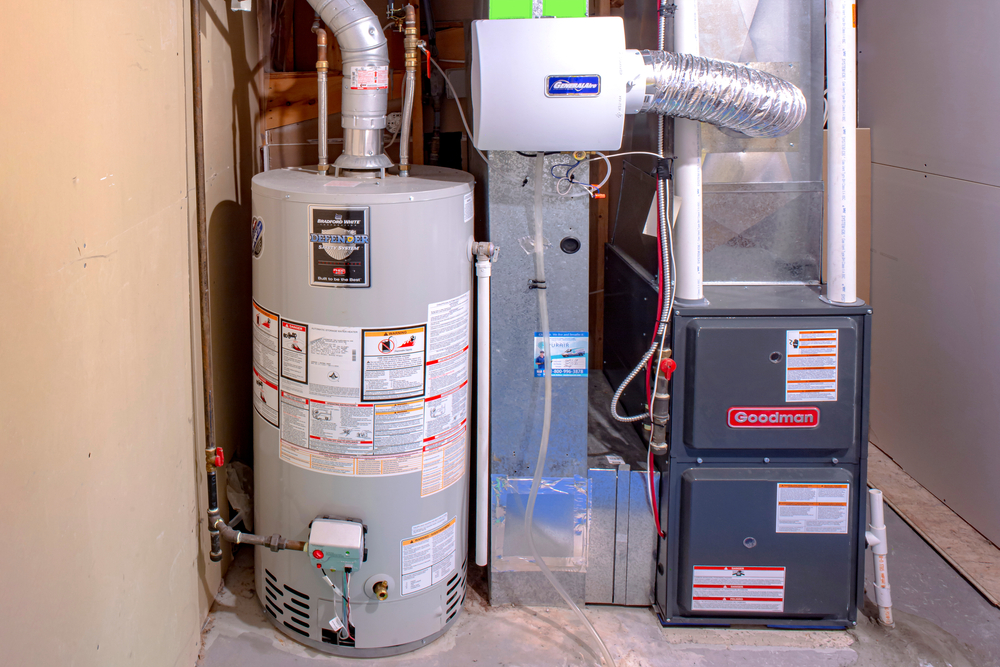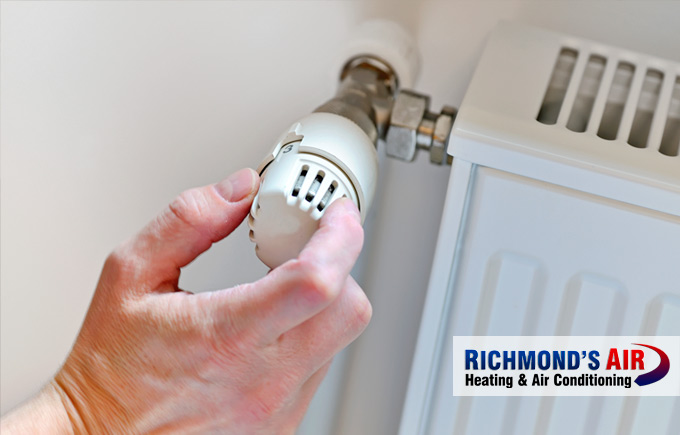First, check the thermostat settings and ensure the power supply is on. Next, inspect the circuit breaker for tripped switches.
Having a heater that suddenly stops working can be frustrating, especially during cold weather. Ensuring your heater functions properly is essential for maintaining a comfortable living environment. Common issues can often be resolved with simple troubleshooting steps. Start by checking the thermostat settings to ensure they are correct.
Verify that the heater is receiving power by inspecting the circuit breaker. If these steps don’t resolve the issue, consider looking at the air filters, which may need cleaning or replacing. Regular maintenance can prevent many common heater problems. If the issue persists, contacting a professional technician is advisable.
Common Causes
Is your heater not working? Several common causes could be behind this problem. Understanding these issues can help you troubleshoot effectively. Let’s explore some frequent culprits.
Thermostat Issues
The thermostat controls your heater’s temperature. If it’s faulty, the heater won’t work properly.
- Check if the thermostat is set to “heat” mode.
- Ensure the temperature is set higher than the current room temperature.
- Replace the batteries if the display is blank or dim.
- Clean any dust or debris around the thermostat.
- Consider calibrating the thermostat for accurate readings.
A malfunctioning thermostat can disrupt your heater’s performance. Fixing these small issues can often restore functionality.
Power Supply Problems
Power supply issues can also cause your heater to stop working. Ensure the heater is plugged into a working outlet.
- Check if the circuit breaker has tripped.
- Reset the breaker if necessary.
- Inspect the power cord for any visible damage.
- Test the outlet with another device to ensure it works.
Power supply problems are common but usually easy to fix. Addressing these issues can get your heater running again.

Credit: www.oasiscooling.com
Initial Checks
When your heater stops working, the first step is to perform some initial checks. These simple checks might help you identify and solve the problem quickly. Follow the steps below to ensure your heater gets back to working condition.
Inspect Thermostat Settings
First, check the thermostat settings. Ensure it is set to the correct mode. If your thermostat is digital, make sure the screen is on. Sometimes, the batteries might need replacing.
- Set the thermostat to “Heat” mode.
- Adjust the temperature to a few degrees higher than the room temperature.
- Check if the fan setting is on “Auto” or “On”.
- Replace batteries if the display is off or dim.
Check Circuit Breakers
Next, inspect the circuit breakers in your electrical panel. A tripped breaker can disable the heater.
- Locate the electrical panel in your home.
- Open the panel and identify the breaker for the heater.
- Check if the breaker is in the “Off” position.
- If tripped, switch it to the “Off” position first, then back to “On”.
If the breaker trips again, there may be an electrical issue. You might need professional assistance.
Troubleshooting Steps
Heater not working? Don’t worry! Follow these troubleshooting steps to identify and fix common issues. This guide will help you get your heater back in working order.
Resetting The System
Sometimes, a simple reset can solve heater issues. Follow these steps:
- Turn off your heater using the main power switch.
- Wait for at least 10 seconds.
- Turn the heater back on and set the desired temperature.
Resetting helps clear minor glitches in the system. Always check your heater’s manual for specific reset instructions.
Inspecting For Visible Damage
Look for any visible damage to your heater. Check the following:
- Power Cord: Ensure it is not frayed or damaged.
- Thermostat: Make sure it is set correctly and functioning.
- Vents and Filters: Clean any dust or debris blocking airflow.
Inspecting the heater helps identify physical damage. Fixing these issues can restore proper function.
| Component | Check For | Action |
|---|---|---|
| Power Cord | Frays or Cuts | Replace if damaged |
| Thermostat | Correct Settings | Adjust if necessary |
| Vents/Filters | Dust/Debris | Clean thoroughly |

Credit: davishomeservices.com
When To Call A Professional
Sometimes, a heater stops working and needs more than a quick fix. In these cases, knowing when to call a professional can save time and money. Professionals can handle complex issues and ensure safety.
Identifying Complex Problems
Some heater problems are too complex for DIY solutions. Issues like broken thermostats, faulty wiring, and unusual noises need expert attention. A professional can diagnose the issue quickly. They have the right tools and experience.
Common complex problems include:
- Thermostat malfunctions
- Electrical wiring issues
- Strange noises from the heater
- Inconsistent heating
These problems might seem small but can lead to bigger issues. Professionals can identify and fix them before they escalate.
Safety Concerns
Working on a heater can pose safety risks. Handling gas lines, electrical components, and high temperatures requires expertise. A professional knows how to manage these safely.
Here are some safety concerns to consider:
| Safety Concern | Description |
|---|---|
| Gas Leaks | Improper handling can cause dangerous gas leaks. |
| Electrical Shocks | Faulty wiring or connections can lead to shocks. |
| Fire Hazards | Incorrect repairs can cause fire risks. |
It’s better to call a professional than risk injury or damage. They ensure your heater works safely and efficiently.
Preventative Maintenance
Keeping your heater in top shape requires regular care. Preventative maintenance can help prevent sudden breakdowns. Performing simple tasks can extend the life of your heater. This section covers two crucial aspects: Regular Inspections and Routine Cleaning.
Regular Inspections
Regular inspections are key to a functioning heater. Check the system at least twice a year. Look for visible signs of wear and tear. Ensure all parts are in good condition.
- Check for any loose wires.
- Inspect the thermostat settings.
- Look for any strange noises.
Early detection of issues can save you from costly repairs. Inspecting your heater regularly ensures it operates efficiently. It also helps in identifying potential problems before they escalate.
Routine Cleaning
Routine cleaning keeps your heater running smoothly. Dust and debris can clog the system. A clogged heater works harder, increasing energy bills. Clean the heater components to ensure optimal performance.
Here are the steps to clean your heater:
- Turn off the heater and unplug it.
- Remove the outer cover.
- Use a soft brush to clean dust.
- Check and clean the filters.
- Reassemble the heater and plug it back in.
Regular cleaning can improve energy efficiency. It also prolongs the life of the heater. A clean heater provides better air quality, which is vital for health.
Diy Fixes
Is your heater not working? Before calling a professional, try these DIY fixes. You might save money and restore warmth to your home quickly. Let’s dive into some simple solutions.
Replacing The Air Filter
One common issue is a dirty air filter. A clogged filter restricts airflow, causing the heater to work harder. This can lead to overheating and shutdown.
- Turn off the heater.
- Locate the air filter compartment.
- Remove the old filter.
- Inspect it for dust and debris.
- Replace it with a new filter.
- Ensure the new filter is installed correctly.
For optimal performance, replace your air filter every 1-3 months. This keeps the system running smoothly and efficiently.
Clearing Blocked Vents
Blocked vents can also cause your heater to malfunction. Blockages restrict airflow, leading to inefficient heating.
- Check all vents in your home.
- Ensure no furniture or objects block the vents.
- Inspect each vent for dust and debris.
- Use a vacuum to clean the vents.
- Make sure the vent covers are open.
Clear vents help maintain proper airflow and distribute heat evenly throughout your home. Regularly inspect and clean your vents to ensure your heater performs its best.
Energy Efficiency Tips
Facing a broken heater can be stressful. Ensuring your home is energy efficient can make a big difference. These tips will help you save energy and stay warm.
Upgrading To Smart Thermostats
Switching to a smart thermostat can save energy and money. These devices learn your schedule and adjust the temperature automatically.
Here are some benefits of smart thermostats:
- Remote Control: Adjust the temperature from your phone.
- Energy Reports: Get detailed reports on your energy usage.
- Learning Capability: They learn your habits for optimal settings.
Install a smart thermostat and see the difference in your energy bills.
Insulating Your Home
Proper insulation keeps the heat in and the cold out. It can reduce your energy bills significantly.
Consider these key areas for insulation:
| Area | Benefit |
|---|---|
| Attic | Prevents heat from escaping through the roof. |
| Walls | Keeps the interior temperature stable. |
| Floors | Reduces heat loss through the ground. |
Use weatherstripping around doors and windows. This helps to seal gaps and drafts.
Alternative Heating Options
When your heater fails, you need alternative heating options to stay warm. These options can be both practical and efficient. Here are some reliable alternatives to consider.
Space Heaters
Space heaters are portable and can heat small areas quickly. They come in various types:
- Electric space heaters: Easy to use and safe for indoor use.
- Propane heaters: Suitable for larger spaces but require ventilation.
- Oil-filled heaters: Energy-efficient and great for long-term use.
Choose a heater that fits your needs and space. Always follow safety guidelines to avoid accidents.
Fireplaces
Fireplaces create warmth and add a cozy ambiance. There are different types of fireplaces:
| Type | Features |
|---|---|
| Wood-burning | Traditional and effective but need regular maintenance. |
| Gas fireplaces | Easy to use with a flick of a switch, minimal upkeep. |
| Electric fireplaces | Portable and safe, ideal for apartments. |
Ensure your fireplace is in good condition. Clean it regularly to prevent hazards.

Credit: maintemp.ca
Frequently Asked Questions
Why Is My Heater Not Turning On?
There could be several reasons. Check the thermostat settings first. Ensure the circuit breaker hasn’t tripped. Finally, verify the pilot light is on.
How Do I Reset My Heater?
To reset your heater, turn off the power. Wait for a few minutes. Turn the power back on. Consult your heater’s manual for specific instructions.
Why Is My Heater Blowing Cold Air?
This could be due to a dirty air filter. Check and replace the filter. Additionally, verify the thermostat settings are correct.
What Should I Do If My Heater Smells Funny?
Turn off the heater immediately. Check for gas leaks or burning smells. Ventilate the area and call a professional technician for inspection.
Conclusion
A malfunctioning heater can disrupt your comfort at home. Regular maintenance and timely repairs are essential. Always consult professionals for persistent issues. Follow these steps to ensure your heater runs efficiently. Stay warm and cozy by taking proactive measures. Remember, a well-maintained heater ensures a comfortable living environment.

